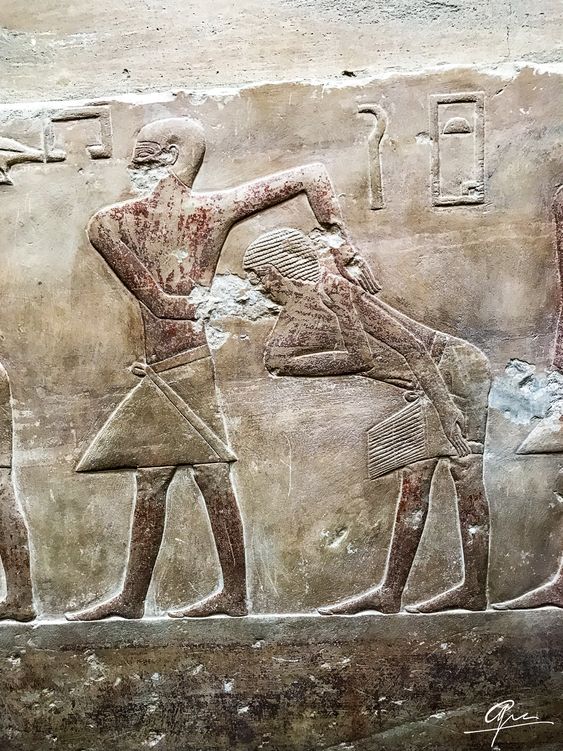Revealing the daily routine of an ancient Egyptian priest

We can learn a lot about a civilization from its dominant religion. Ancient Egypt is a good example. The religion of ancient Egypt had a far-reaching effect on every aspect of daily life. If you want to learn more about a religion where better to start than its priesthood? Ancient Egyptian priests lived a life of duty, solely devoted to their gods.
The Basics of Being an Ancient Egyptian Priest
In ancient Egypt, a priest’s only duty was to care for the god of their temple. Unlike the priests of most other religions, they did not preach, interpret scripture, conduct a weekly service, or attempt to convert members of other religions.

Both men and women could join the clergy. In doing so they received the same pay and carried out the same duties. Women tended to serve the female deities and men the male, but this was not a hard and fast rule. For example, Serket’s worshippers were physicians who were both male and female.
We know that the priesthood had already been established by the Early Dynastic Period (3150-2613 BC) and underwent rapid development during the Old Kingdom (2613-2181 BC). The priests of Egypt became immensely powerful. Whilst their role was supposed to be in maintaining religious beliefs and traditions, as they amassed great wealth and political power they became an important check on the power of the pharaohs.

Mathematics of the Pharaohs: The Rhind Papyrus and Ancient Egyptian Math
Italian Researchers CT Scan Egyptian Priest Mummy
Different Types of Priests
The Egyptian priesthood had a hierarchy. What duties they performed depended on where they were in this hierarchy. The higher they were, the more glamorous the duties, the lower they were, the more grunt work they did.
At the top of the totem pole was the high priest or hem-nejer-tepi. The high priest was appointed by Egypt’s ruler. They were thought to be mediators between mere mortals and their gods. The position held a great deal of religious but also political power.

The next rank of ancient Egyptian priests was the lector priest or hery-heb/ cherished. It was their job to write down the religious texts, teach the other clergy, and recite the heka (the authoritative utterance) at temples and during festivals. In a way, they were similar to monks. Whilst all other parts of the priesthood featured men and women, there are no historical references to female lectors. It is thought that the position may have been hereditary, passed from father to son.

Both men and women could join the clergy. In doing so they received the same pay and carried out the same duties. Women tended to serve the female deities and men the male, but this was not a hard and fast rule. For example, Serket’s worshippers were physicians who were both male and female.
We know that the priesthood had already been established by the Early Dynastic Period (3150-2613 BC) and underwent rapid development during the Old Kingdom (2613-2181 BC). The priests of Egypt became immensely powerful. Whilst their role was supposed to be in maintaining religious beliefs and traditions, as they amassed great wealth and political power they became an important check on the power of the pharaohs.

Mathematics of the Pharaohs: The Rhind Papyrus and Ancient Egyptian Math
Italian Researchers CT Scan Egyptian Priest Mummy
Different Types of Priests
The Egyptian priesthood had a hierarchy. What duties they performed depended on where they were in this hierarchy. The higher they were, the more glamorous the duties, the lower they were, the more grunt work they did.
At the top of the totem pole was the high priest or hem-nejer-tepi. The high priest was appointed by Egypt’s ruler. They were thought to be mediators between mere mortals and their gods. The position held a great deal of religious but also political power.